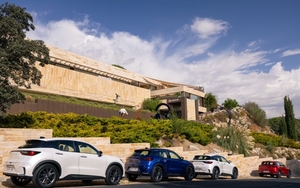WHEN it was eyeing a UK city to entrust with its collection of national treasures celebrating the ancient Mayan civilisation, the Mexican government singled out Liverpool.
Quite why it got the gig, in a moment. But first, to give an idea of the significance of Mayas: Revelation Of An Endless Time, we’re talking highlight of the British cultural annual which, if it were being staged by, say, The British Museum, would be the talk of London town: promo posters and hoardings plastered on every Tube platform, bus stop and head turn, backed by heavy TV and radio coverage.
They would be making a very big deal about it.
2015 has been designated Year of the UK in Mexico and, conversely, Year of Mexico in the UK. Rather than London, those auspices have shined on William Brown Street’s World Museum.
“World Museum was considered the ideal location for this exhibition,” a spokesman explained. “National Museums Liverpool is the only national museums service based wholly outside London. The museum’s collections are of international importance, and the ethnology collection ranks amongst the best collections in the UK, with nearly 9,000 artefacts in the Americas collections alone.”
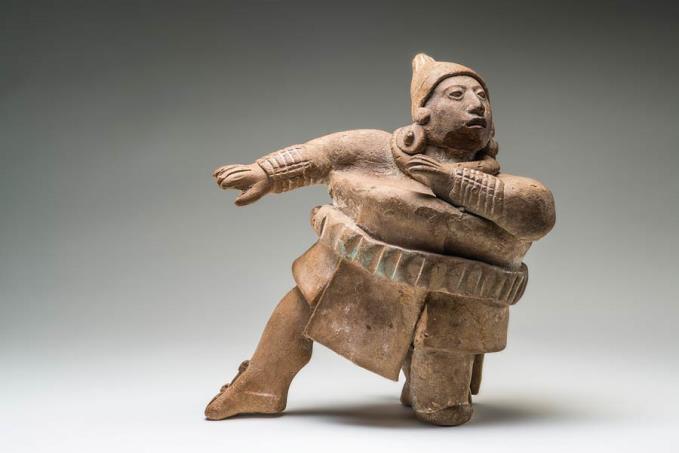
Now it is the temporary home for 385 more, a gathering of vivid, beautifully preserved objects reflecting the everyday life of a society best known in recent times for its (otherwise extremely accurate) long calendar which predicted the end of the world in 2012.
OK, so they bombed on that one, no one is perfect. Yet the Mayas got so much right in their 2,500-year reign of the region known as Mesoamerica. Theirs was a sophisticated civilisation marked by numbers and time which, in turn, was defined by the land, maize crops and the movement of the stars and planets. They could plot this stuff, with 99 percent precision, 400 years into the future. It had a practical side too: warriors would take their cue to go into battle from the position of Venus at dawn.
You will come to learn all of this and a great deal more in under an hour’s visit to this comprehensive show which has only been seen in Mexico City, Sao Paolo and Paris.
In fact, the timeline, which greets visitors across one wall at the entrance, could easily take up 30 minutes, comparing and contrasting, in fascinating detail, the rise and fall of the Mayas with the milestone moments of other civilisations in Europe, African and Asia.

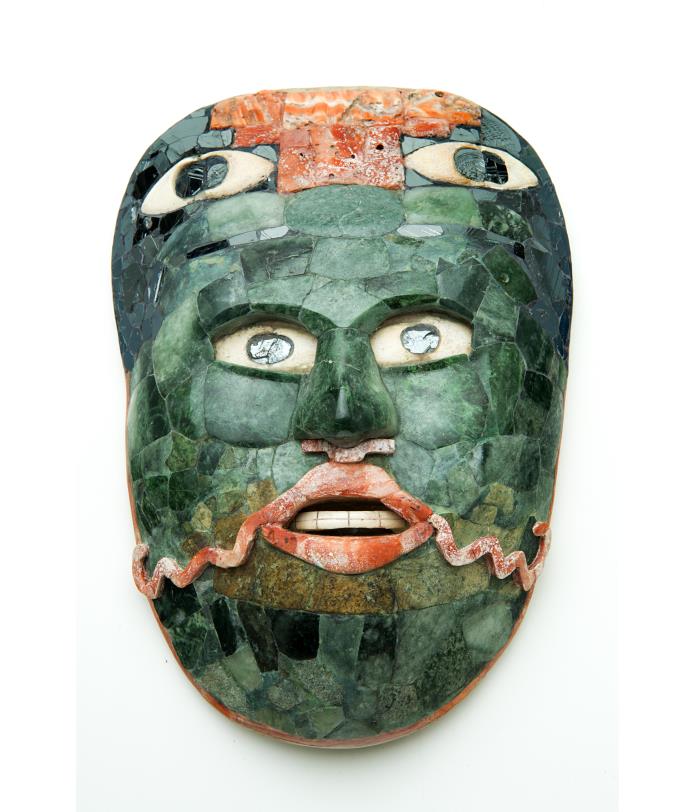
We learn of Mayan mathematical talent, how they were one of the first peoples in the world to come up with the concept of zero; how they documented their own history and their obsession with time and date-stamping everything using that long calendar which took the creation of the universe as its Year Dot.
We learn about the role of shamen, how they invented the first team ball game, we get close ups of vivid pottery and jewellery, brilliant observational carvings of ordinary people and the artefacts of royal burial tombs.
Grand Mayan cities dominated Mexico’s Yucatán peninsula and the Sierra Madre, as well as large parts of Honduras, Belize, Guatemala and El Salvador.
But for Hernán Cortes, who came, saw and brutally conquered them just 500 years ago, who knows how or where this belle epoque would have evolved and what effect it might have had on the modern world? Walking around the second floor gallery, in what is the biggest temporary exhibition ever hosted by World Museum, there are hints that their spiritual yet complex society evolved in a not dissimilar way to that of the Chinese.
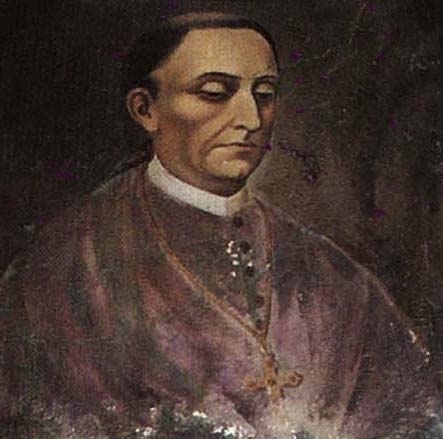 A lot to answer for: Diego Di Landa who burned the Mayas sacred writings
A lot to answer for: Diego Di Landa who burned the Mayas sacred writings Some 90 percent of the Mayas died as a result of genocide and diseases such as smallpox, malaria and yellow fever imported from Spain. Not content with that, in 1562, Franciscan friar Diego di Landa ordered an inquisition which saw practically all of their precious and sacred writings, or hieroglyphic codices, go up in flames.
“We found a large number of books in these characters and, as they contained nothing which was not to be seen as superstition and lies of the Devil, we burned them all, which they (the Maya) regretted to an amazing degree, and which caused them much affliction,” he wrote without contrition.
Landa had a lot to answer for, as the six million surviving Mayas currently living in Mexico might agree. His actions destroyed much of the Mayan history, literature, and traditions as well as the key to the “glyphs” of the language, surviving on monuments and pottery, and which remained entirely lost in translation until a 20th century breakthrough by Russian Yuri Knorozov.
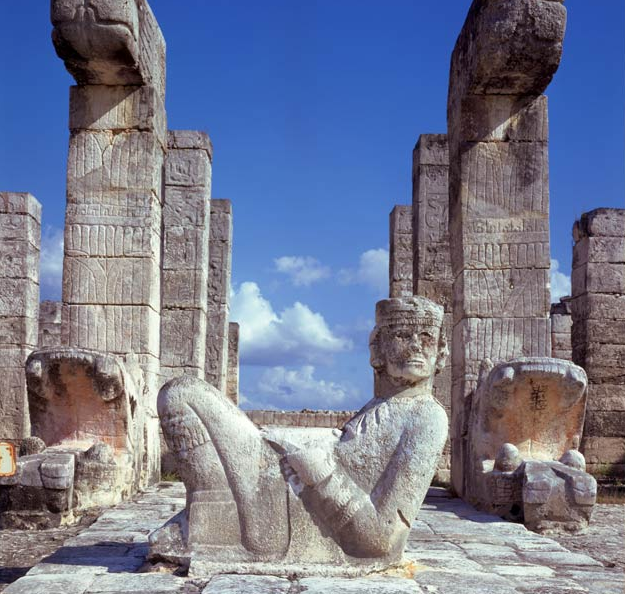
Several events are taking place around the exhibition, including Mexican food tasting, performances of Mexican music and lectures. Members of the local Mexican community will be helping with many events, including cookery displays and storytelling.
This is the final opportunity to see this major, illuminating collection before the stadium-sized roll of bubble wrap comes out in October and the items are all returned to museums across Mexico and historical sites there.
Get out your highly unromantic western calendar and set a date. They would.
*”Mayas: Revelation of an Endless Time" is visiting from Mexico and will continue until October 18. Admission is free. www.liverpoolmuseums.org.uk/mayas












